Milcha, Whale
Extraits

Jouets, bijoux, cerfs-volants
Le Tour du monde en 8 tissages de perles miyukis
01/2024
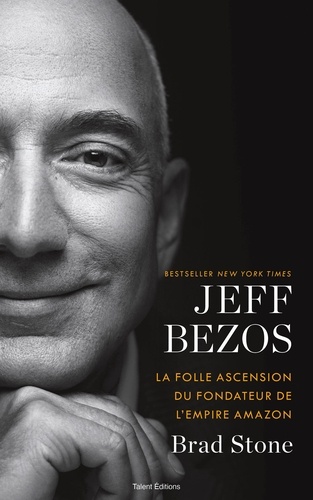
Histoire d'entreprises
Jeff Bezos. La folle ascension du fondateur de l'empire Amazon
08/2021
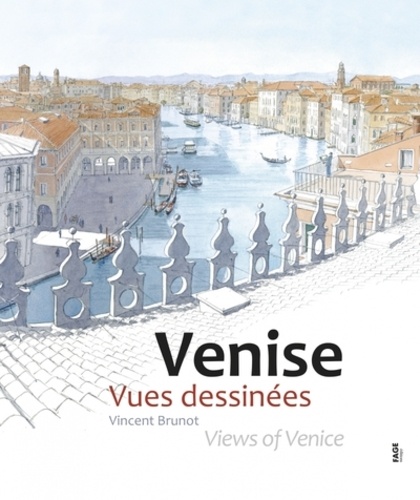
Récits de voyage
Venise. Vues dessinées, Edition bilingue français-anglais
10/2021
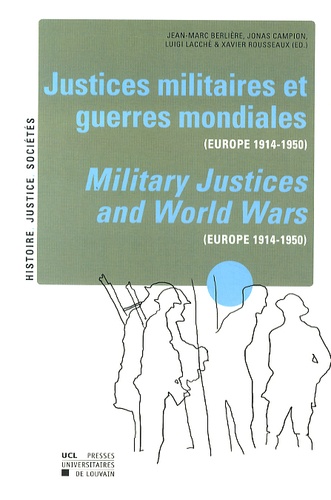
Droit
Justices militaires et guerres mondiales (Europe 1914-1950)
02/2014

Religion
Everyday Men
08/1987

Autres langues
Japanese for busy people I. Revised edition
01/1994

Paris - Ile-de-France
Paris année folles. 100 photos de légende
02/2023
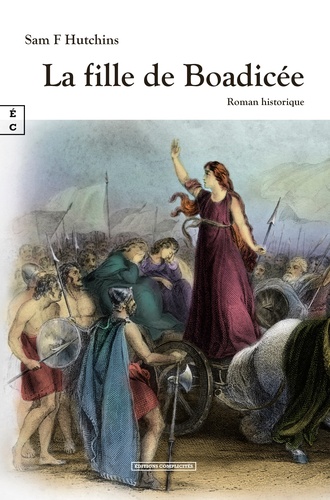
Antiquité
La fille de Boadicée
01/2023

Histoire de France
Un voyage au bassin d'arcachon - le sahara de la france
09/2018

Suspense
Des cris à glacer le sang. Des histoires qui font froid dans le dos
10/2021

Littérature française
XUEXI PU SONGLING (en Chinois)
11/2012

Monographies
Georges troubat
03/2022
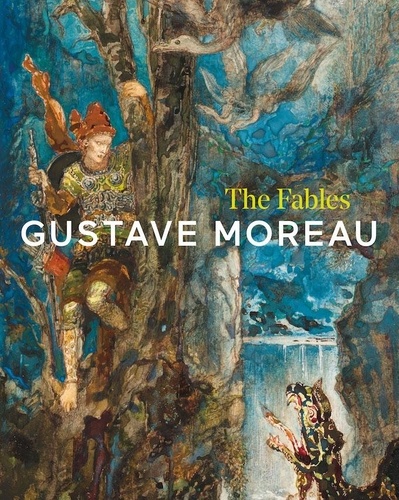
Monographies
Gustave Moreau. The Fables
08/2021

Sciences politiques
Socialismes en Afrique
06/2021

Philosophie
Kierkegaard et autour
11/2005
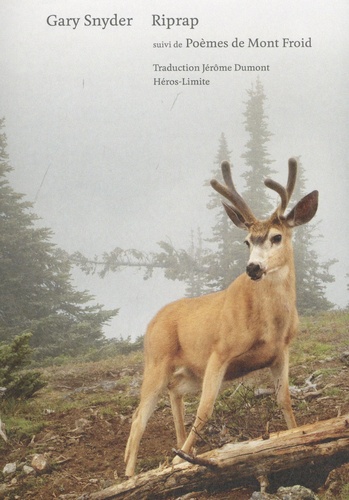
Poésie
Riprap
02/2023
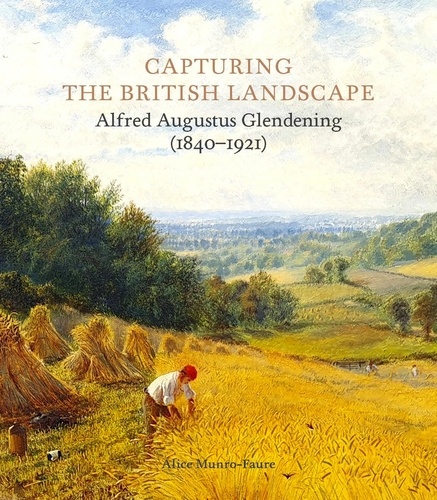
Beaux arts
Capturing the British Landscape. Alfred Augustus Glendening (1840–1921)
10/2022

Non classé
Proserpina</I>"
12/2008
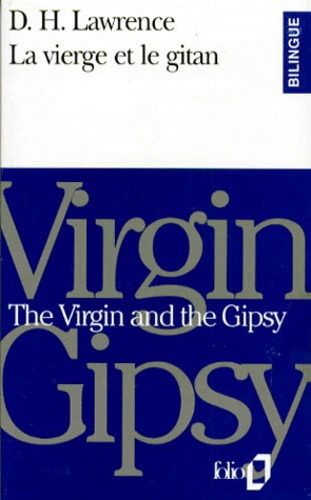
Anglais apprentissage
LA VIERGE ET LE GITAN : THE VIRGIN AND THE GIPSY
02/1993
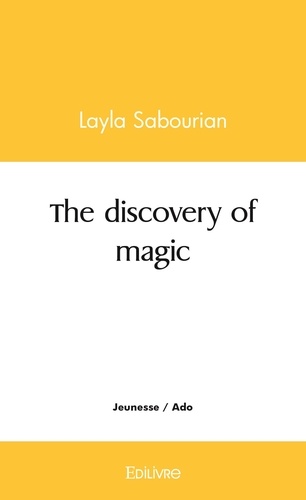
Livres 0-3 ans
The discovery of magic
09/2021

Développement durable-Ecologie
GLIM FOR ECOLOGISTS. Disk included
01/1993
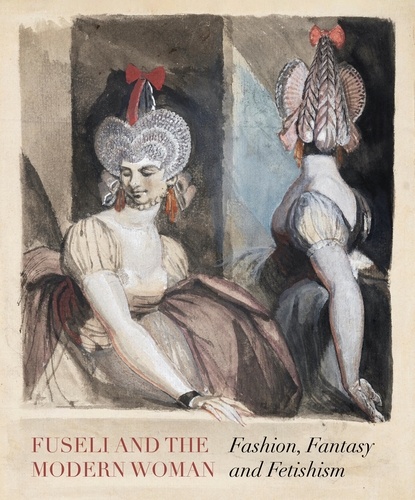
Monographies
Fuseli and the Modern Woman. Fashion, Fantasy, Fetishism
12/2022

Monographies
Burmese Silver from the Colonial Period
09/2022

Romance sexy
Lovers Like Us. Like Us, T2
01/2023
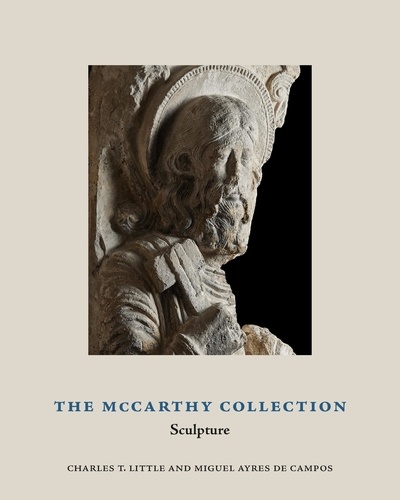
Sculpture
The McCarthy collection. Sculpture
04/2024

Sciences de la terre et de la
Cuckoos, Cowbirds and Other Cheats
04/2000
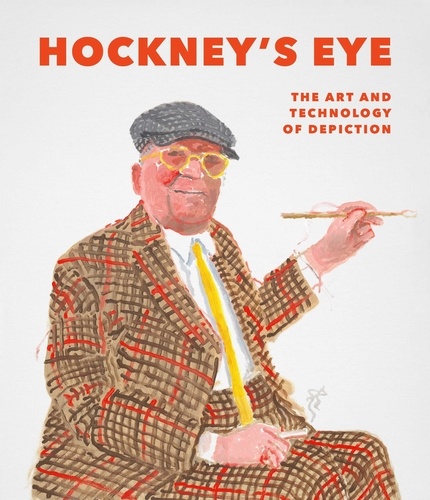
Mouvements artistiques
Hockney's Eye. The Art and Technology of Depiction
04/2022
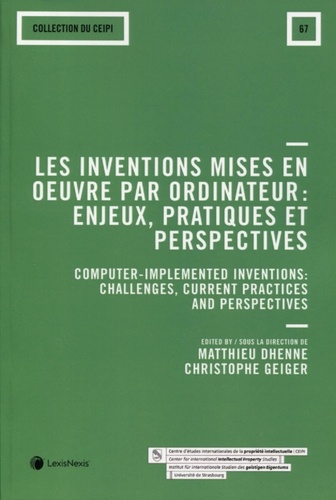
Droit
Les inventions mises en oeuvre par ordinateur. Enjeux, pratiques et perspectives, Textes en français et anglais
07/2019

Histoire de l'art
A History of Arcadia in Art and Literature: Volume II. Later Renaissance, Baroque and Neoclassicism
01/2022
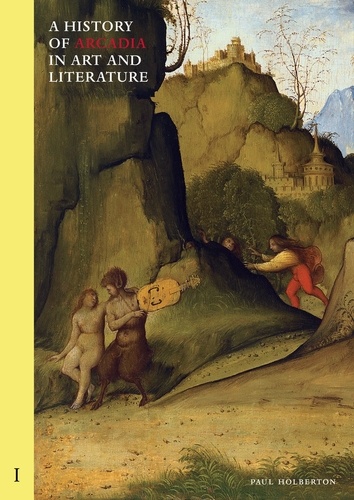
Histoire de l'art
A History of Arcadia in Art and Literature: Volume I. Earlier Renaissance
01/2022
